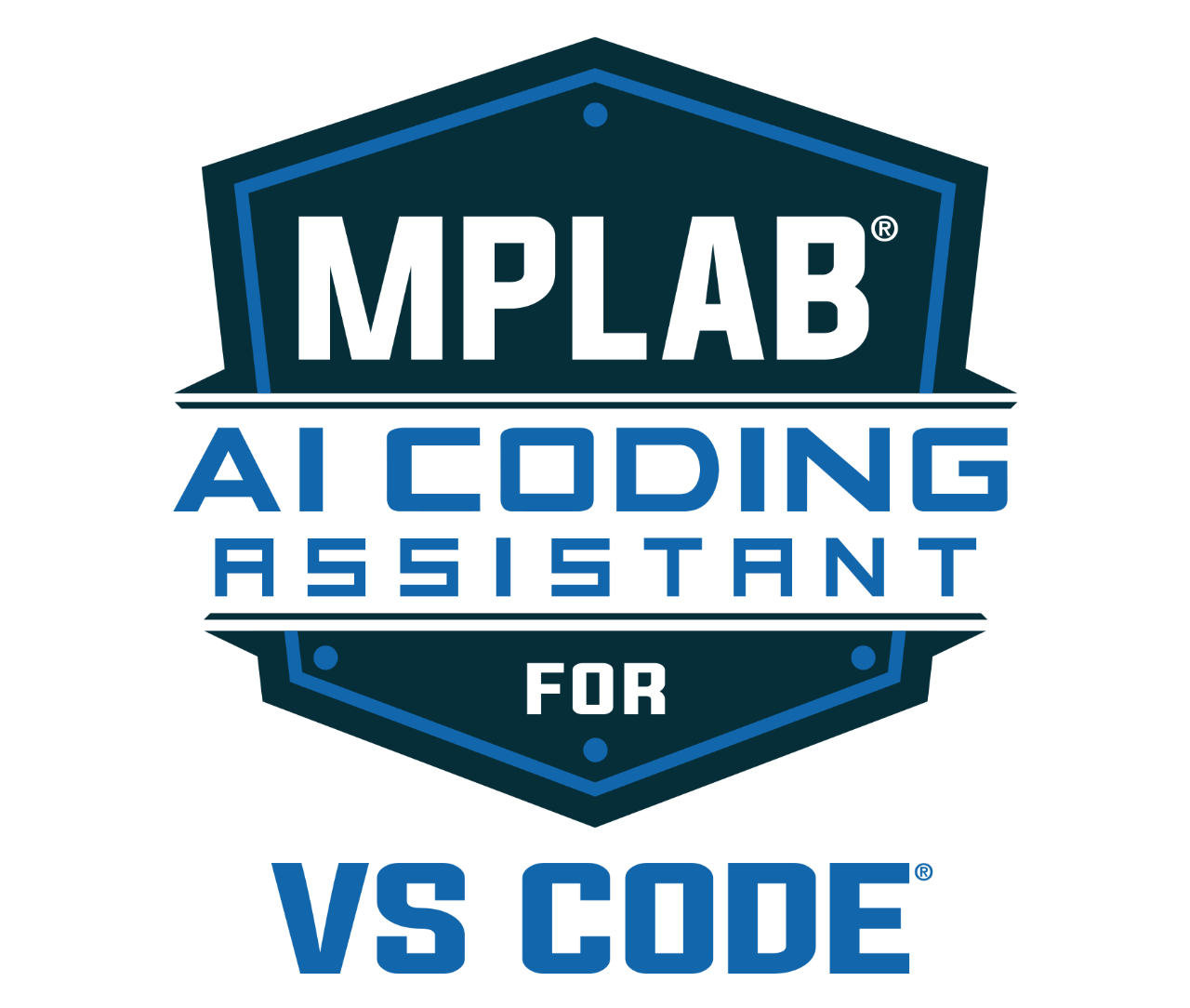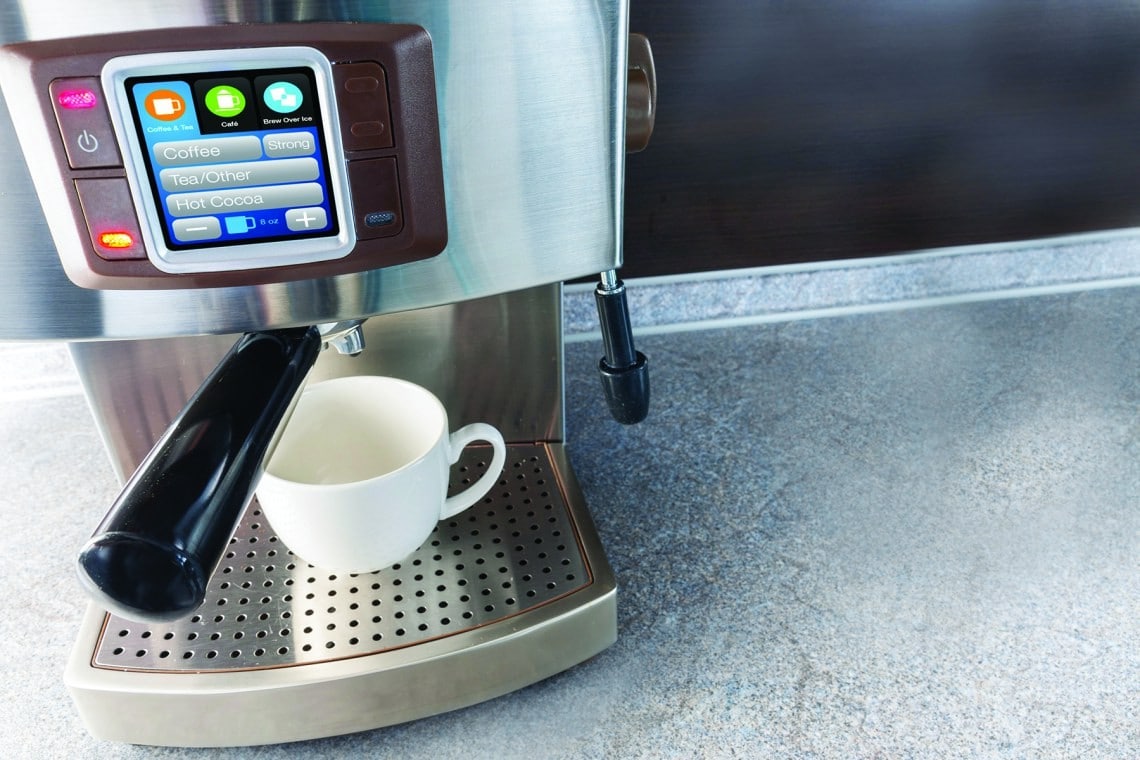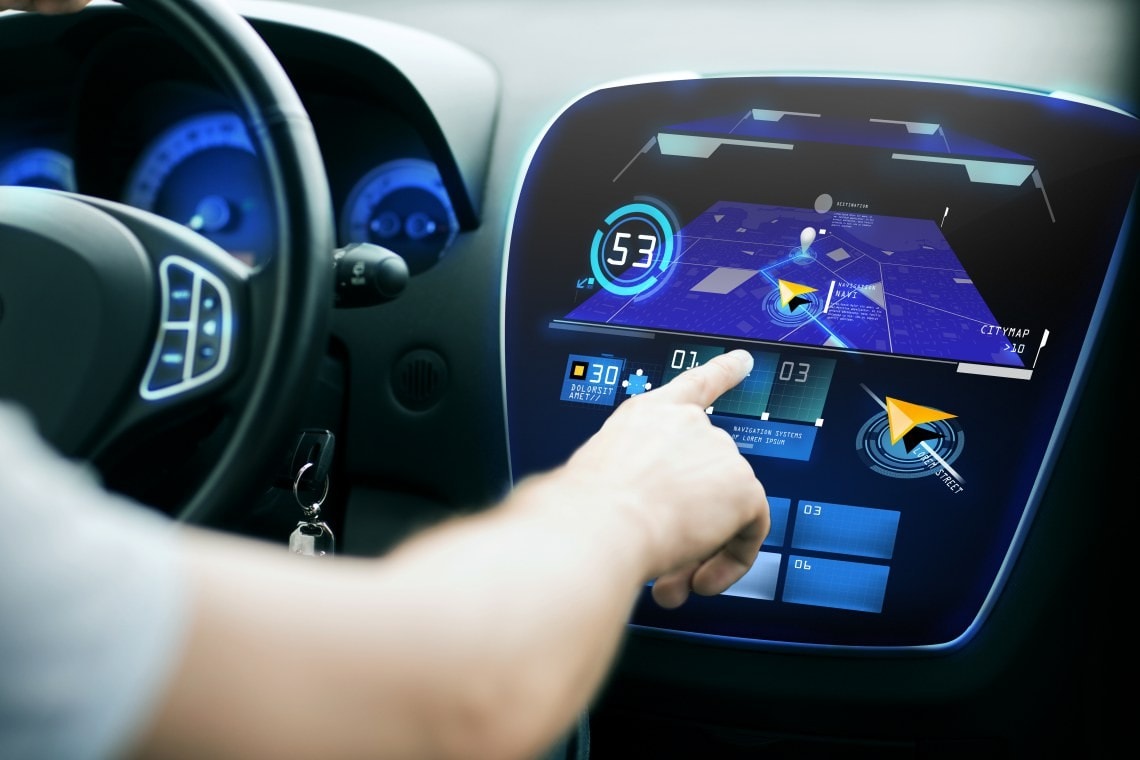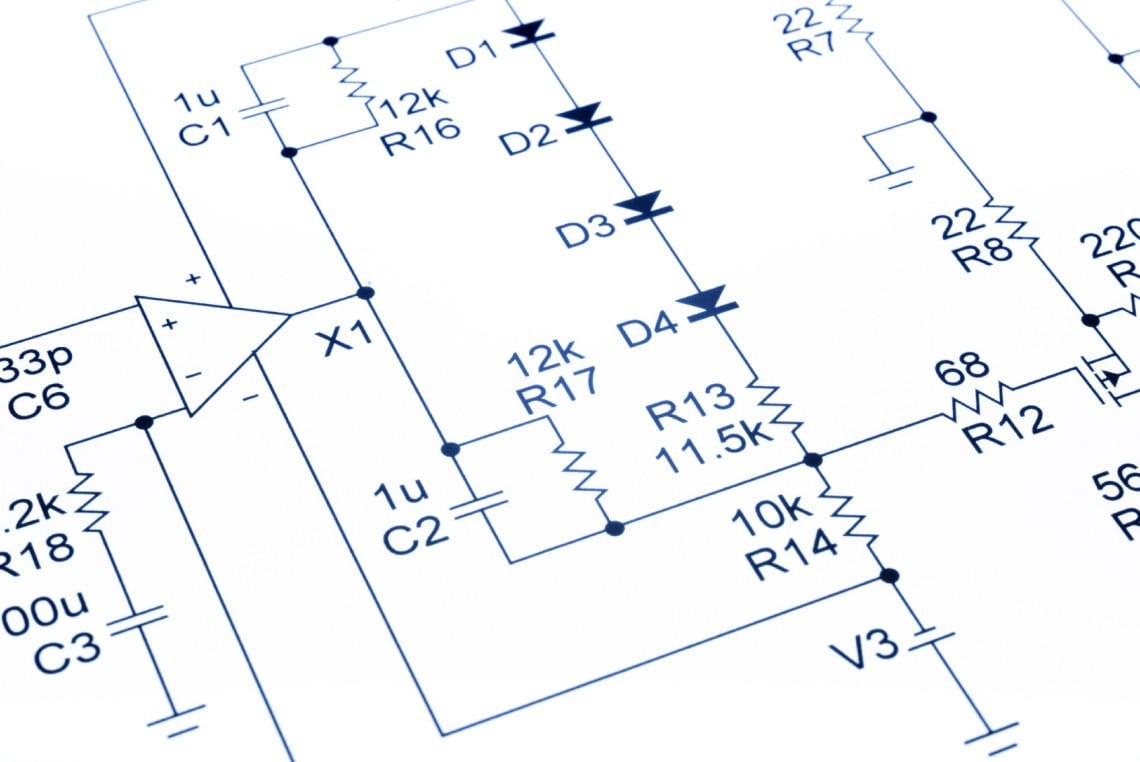Live Chat
Need Help?
Privacy PolicyLive Chat
Need Help?
Privacy PolicySecure, High-Performance 32-bit MCUs Made Easy
Our 32-bit MCUs are designed to deliver high performance, strong security and a streamlined development experience. Featuring scalable Arm® and MIPS® cores, they offer efficient processing to support a wide variety of applications. Built-in security features such as secure boot and Arm TrustZone® technology help safeguard systems without the need for additional components. When combined with our unified development ecosystem, user-friendly tools and support for third-party platforms like Keil and IAR, these MCUs enable you to create secure, high-performance solutions faster and more cost effectively.
32-bit MCU Cores
MCUs With Arm® Cortex® Cores
PIC32C and SAM MCUs
PIC32C devices deliver advanced performance, low power consumption and a rich development ecosystem, making them well suited for scalable, real-time embedded applications across a wide range of industries.
MCUs With MIPS32® Core
PIC32M MCUs
PIC32M devices are powered by MIPS32 cores, which provide a high-performance, power-efficient processing architecture that enables fast instruction execution. These MCUs target embedded applications requiring real-time control and multitasking.
MCUs With a 32-bit CPU
PIC32A MCUs
PIC32A devices are powered by a 200 MHz 32-bit CPU that offers a Double-Precision Floating Point Unit (DP-FPU) and high-speed analog providing efficient processing, low-power operation and robust peripheral integration to offer a versatile solution for high-performance embedded applications.
Find the Right 32-bit MCU for Your Design
- Entry-Level Devices
- Mid-Range Devices
- High-Performance Devices
Performance Range: 25–72 MHz
Performance Range: 80–120 MHz
Performance Range: 200–300 MHz
Get Started in Three Easy Steps
1. Discover
Discover over 4,000 detailed project examples with GitHub code repositories and helpful tips and tricks on our MPLAB® Discover content search platform. Find application notes, data sheets and more with this comprehensive resource for all your embedded design needs.
Reference Designs
Simplify your design cycle, from concept to production. Explore our extensive portfolio of reference designs to jumpstart your design process.
2. Configure
Our comprehensive MPLAB development ecosystem incorporates powerful tools to help you configure, develop, debug and qualify embedded designs. With seamless code generation, effortless device configuration and easy troubleshooting, our tool chain is built to get you to market faster.
3. Build
Easily take your idea from concept to prototype with our Curiosity Nano Development Platform. These cost-effective MCU development boards simplify rapid prototyping with an incredibly adaptable tool set and integrated programming and debugging capabilities. Effortlessly expand your design to include sensors, connectivity modules and more with our Curiosity Nano Base for Click boards™.
Elevate Your Coding Experience with Our MPLAB AI Coding Assistant
MPLAB AI Coding Assistant is a free, customized version of the Continue extension available on the Microsoft® Visual Studio® Code Marketplace that is tailored specifically for developers working with Microchip products. It offers code suggestions with the AI autocomplete feature, automates mundane tasks and provides access to Microchip data sheets within the editor. A Microchip-trained virtual assistant chatbot is also available to answer your coding questions to elevate your coding experience and accelerate your development.

Explore These Applications

Automotive

Functional Safety

Graphics

Touch

Motor Control

Security

Integrated Wireless
Are You Looking for a 32-bit AVR® or RISC MCU?
Explore our legacy products. Based on our commitment to our client-driven obsolescence practice, we continue to support AVR and RISC MCUs that are still in use. We recognize the critical importance of product longevity, long life cycles and consistent supply to your design.

Design Help

Need Help Choosing a Product for Your Design?
Our Client Support team is here to support you. Use the link below to schedule a call with a member of our team, use our live chat widget in the bottom right corner or submit a question for assistance and we will follow up with you as soon as possible.

Get Personalized Feedback on Your Design
MicroCHECK is a free, value-added design service that we offer to assist with your development process. Our qualified engineering team, which has expertise in 32-bit PIC and SAM MCUs, is ready to review your design and provide you with the guidance you need to accelerate your development and get your product to market faster.